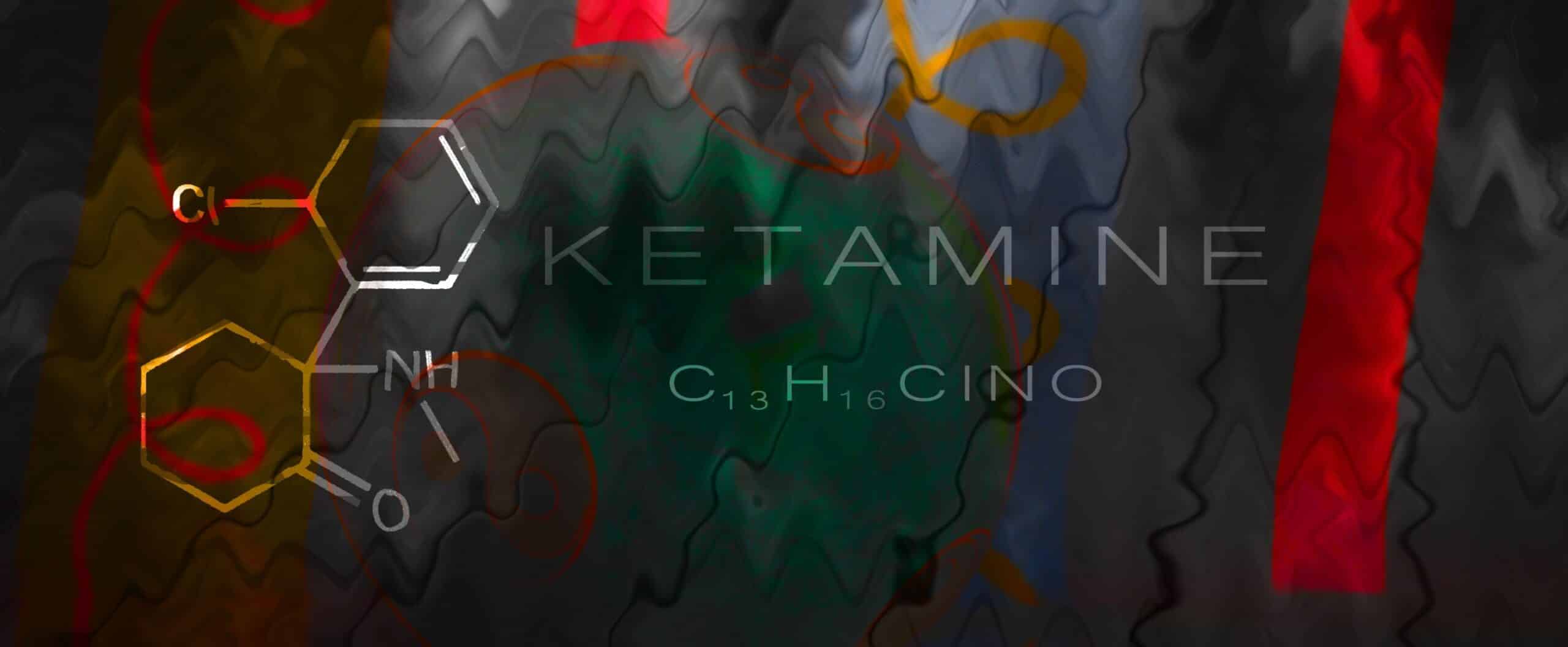In a new study, Stanford Medicine researchers devised a clever workaround to hide the psychedelic — or dissociative — properties of the anesthetic first developed in 1962. They recruited 40 participants with moderate to severe depression who were also scheduled for routine surgery, then administered a dose of ketamine or placebo when the participants were in surgery and under general anesthesia.
All researchers and clinicians involved in the trial also were blinded to which treatment patients received. The treatments were revealed two weeks later.
The researchers were amazed to find that both groups experienced the large improvement in depression symptoms usually seen with ketamine.
“I was very surprised to see this result, especially having talked to some of those patients who said ‘My life is changed, I’ve never felt this way before,’ but they were in the placebo group,” said Boris Heifets, MD, PhD, assistant professor of anesthesiology, perioperative and pain medicine, and senior author of the study published Oct. 19 in Nature Mental Health.
Just one day after treatment, both the ketamine and placebo groups’ scores on the Montgomery-Asberg depression rating scale — a standard measure of depression severity often referred to as the MADRS — dropped, on average, by half. Their scores stayed roughly the same throughout the two-week follow-up.
“To put that into perspective, that brings them down to a category of mild depression from what had been debilitating levels of depression,” said Theresa Lii, MD, a postdoctoral scholar in the Heifets lab and lead author of the study.
What does it all mean?
The researchers concede that their study, having taken an unexpected turn, raises more questions than it answers.
“Now all the interpretations happen,” said Alan Schatzberg, MD, the Kenneth T. Norris, Jr. Professor in Psychiatry and Behavioral Sciences and a co-author of the study. “It’s like looking at a Picasso painting.”
The researchers determined that it was unlikely the surgeries and general anesthesia account for the improvements because studies have found that depression generally does not change after surgery; sometimes, it worsens.
A more likely interpretation, the researchers said, is that participants’ positive expectations may play a key role in ketamine’s effectiveness.
At their last follow-up visit, participants were asked to guess which intervention they had received. About a quarter said they didn’t know. Of those who ventured a guess, more than 60% guessed ketamine.
Their guesses did not correlate with their treatment — confirmation of effective blinding — but rather with how much better they felt.
Those who had improved more in their depression scores were more likely to think they received ketamine, even when they didn’t, implying some preexisting positive expectations for ketamine.
Positive expectations
Call it expectancy bias, call it placebo effect or call it hope. Whatever the label, the psychological factors involved in treatment can be powerful.
“In some ways none of this is new,” Heifets said. “Placebo is probably the single most effective, consistent intervention in medicine, full stop. It’s seen in every trial, and we should probably be paying more attention to the factors that give rise to it.”
These factors might include how a study is described; interactions with health care professionals; and, in this case, the unavoidable media hype around ketamine.
“We’ll need to devise more clever experiments to tease apart the direct pharmacological effects from the psychological effects of taking ketamine and other psychedelics,” Schatzberg said.
Not just a placebo
The take-away should not be that ketamine “is just a placebo,” Heifets emphasized.
“Saying ‘it’s just a placebo’ is really a disservice to what placebo is,” he said. “It isn’t ‘I’ll feel better if I say it enough times,’ and it does not imply that there was nothing wrong with the patient.”
In fact, there may be physiological resonance between the placebo effect — in other words, hope — and how ketamine works. Studies suggest that both may be mediated in part by the brain’s μ-opioid receptors, which process pain.
“There is most definitely a physiological mechanism, something that happens between your ears, when you instill hope,” Heifets said.
The results also suggest that the psychedelic experience may not be crucial to ketamine’s benefits, though it likely encourages more positive expectations.
“Maybe with a non-hallucinogenic psychedelic analog you can get the same benefits without having to, you know, go to outer space,” Heifets said.
The study was supported by funding from the Society for Neuroscience in Anesthesiology and Critical Care, the National Institutes of Health (grants 3T32DA035165-02S1, UL1TR003142 and UL1TR001085), and the Stanford School of Medicine Research Office.




